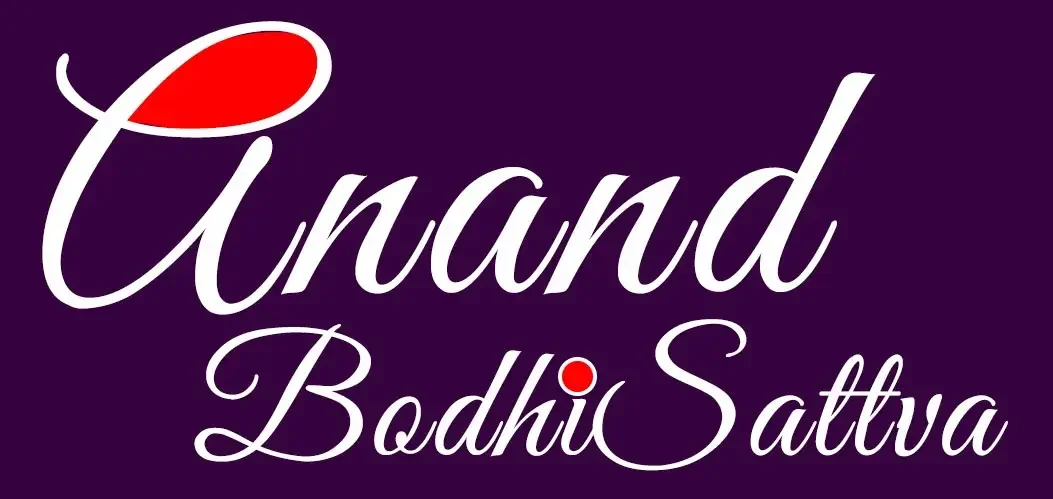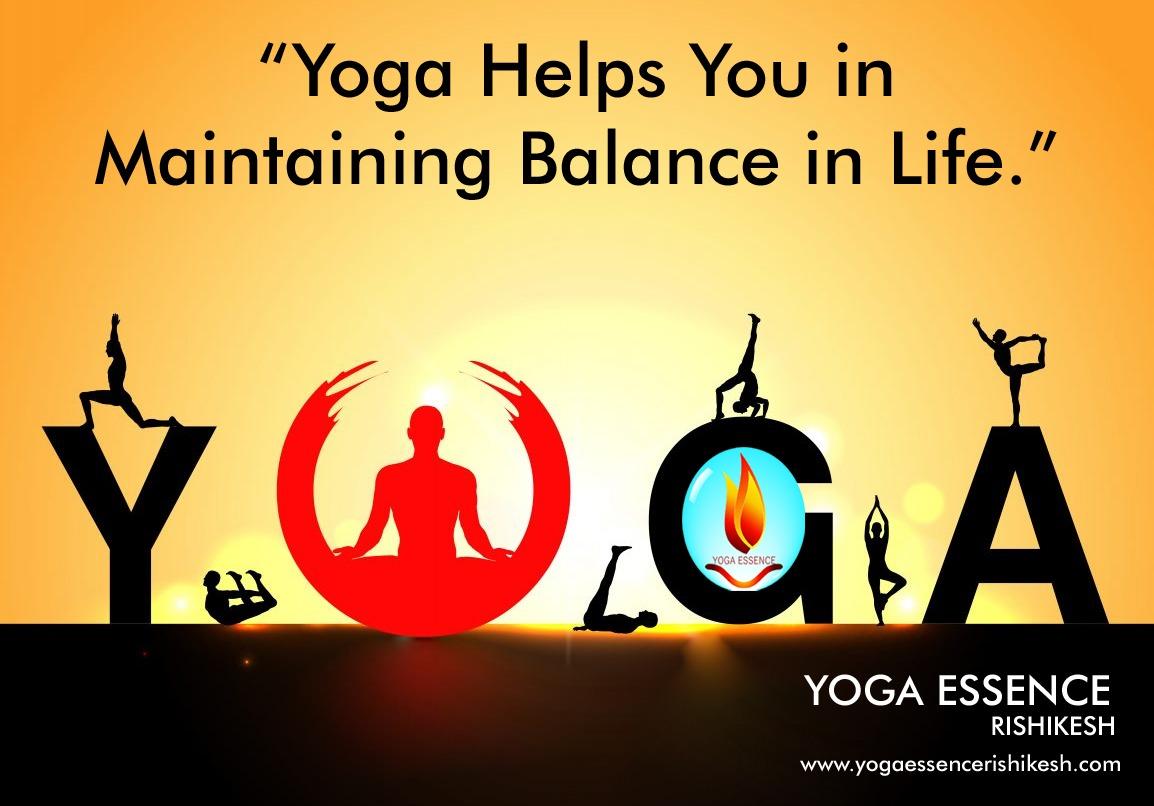SYLLABUS OF 200 HOUR YOGA TEACHER TRAINING COURSE AT YOGA ESSENCE RISHIKESH

Applied Yoga Philosophy and Psychology:
Applied Yoga Philosophy and Psychology prepares the basic foundation to understand and experience all Yoga practices correctly. It is one of the important subjects of Hatha Yoga teacher training course and contains the core principles of various practices. It helps the students to understand the true essence of yoga and provides a guide map on the path of yoga and inner journey. Hence, it is important to have a clear understanding of the roots of yoga practices and their explanation in various yogic text to become a successful yoga teacher. It includes:
- Introduction, Concept, Meaning & Definition of Yoga
- The History and Origin of Yoga
- Sankhya and Yoga Philosophy
- Concept & Practice of Eight-Fold Path
- Pre-requisites of Yoga Sadhaka
- Obstacles to yoga and inner journey
- Ethical guidelines of Yoga Teacher
- The science of chakras, kundalini and nadis
- Panchakosha – The five bodies or layers of human existence
- Chittabhumi – The five states of mind
- Sharira Traya – Three bodies
- Four States of Consciousness
- Purushartha: Four Aims of Life
Asana – Yoga Postures with Alignment and Adjustment
Asana is one of the most fundamental practice of hatha yoga. In hatha yoga pradipika, Swami Swatmaram says Asana practices bring greater flexibility, lightness, stability to the body and also keep the body disease free. Higher yogic practices like pranayama, dharana and Dhyan is easier with the help of asana practices. Students will gain extensive experience and knowledge of classical hatha yoga asanas through our 200 hour hatha yoga teacher training course. Those asana practices are imparted by combining the traditional yogic concepts and contemporary lifestyle. It includes:
- Suksma Vyayam – Warm Up and Joint Rotation
- Pavanmuktasana series 1
- Pavanmuktasana series 2
- Pavanmuktasana series 3
- Surya Namaskar
- Shavasana
- Makarasana- Crocodile Variations
- Bhujangasana – Cobra Pose with Variations
- Shalabhasana
- Setubandhasana- Bridge Pose
- Ardha Halasana – Half Plough Pose
- Saral Matsyasana – Simple Fish Pose
- Ardha Chandrasana- Half Moon Pose
- Marjarasana – Cat Pose
- Vajrasana –thunderbolt
- Balasana – Child Pose
- Shashankasana
- Tadasana – Palm Tree Pose
- Ardha Matsyendrasana
- Uttkatasana – Chair Pose
- Triyak Tadasana – Swaying Palm Tree Pose
- Trikonasana – Triangle Pose
- Janushirsasana- Seated Head To Knee
- Vakrasana- Spinal Twist Pose
- Padahastasana Hand to Feet Pose
- Ushtrasana- Camel Pose
- Yoga Mudra
- Simhasana- Lion Pose
- Chandra Namaskar
- Naukasana – Boat Pose
- Chakrasana – Wheel Pose
- Paschimottanasana
- Purvottanasana
- Halasana – Plough Pose
- Karnapidasana
- Matsyasana – Fish Pose (in Lotus pose)
- Dhanurasana
- Kati Chakrasana – Waist Rotating Pose
- Sarvangasana
- Viparita Karni
- Virbhadrasana – Warrior Pose – 1,2,3
- Vriksasana – Tree Pose
- Parvatasana – Mountain Pose
- Adhomukha Svanasana – Downward Facing Dog
- Urdhvamukha Svanasana –Upward Facing Dog
- Gomukhasana
- Garudasana – Eagle Pose
- Baddha Konasana- Bound Angle Pose
- Rajkapoot Asana – Pegion Pose
- Supta Virasana- Reclining Hero Pose
- Virasana –Hero Pose
- Shirsasana – Headstand Pose
Pranayama, Mudras and Bandhas
Pranayama practice is one of the central practice of yoga to expand energy and stabilize the mind. It is an important practice to activate the chakras, awaken the kundalini and prepares solid foundation for higher yoga practices like Pratyahara, Dharana, Dhyan and Samadhi. Pranayama sessions are being conducted very systematically and scientifically to develop a holistic and comprehensive awakening to this potential form of consciousness and upward movement of energy.
Week 1
Introduction of Pranayama, Benefits of pranayama, General guidelines
Fundamental Yogic Breathing Practices
Abdominal Breathing
Thoracic Breathing
Clavicular Breathing
Kapalbhati Pranayama
Nadi Shodhana- Alternative Nostril Breathing
Ujjayi Pranayama
Bhastrika Pranayama
Bhramari Pranayama
Surya Bhedana Pranayama
Chandra Bhedana Pranayama
Sheetali & Sheetkari Pranayama
Mudras – Yogic Gestures
The practice of Mudra- the gestures is one of the tool of yoga to work on subtle bodies. Performing gestures affects our energy flow of the body and channelize that energy for higher consciousness and awakening.
Jnana mudra
Chin mudra
Yoni mudra
Bhairava mudra
Shambhavi mudra
Khechari Mudra
Bandhas – Energy Lock
Bandhas are specially used in Pranayama and advanced asana practices to channelize the energy that activate Kundalini, Chakras as well as to give upward direction to the energy through major energy channels.
Uddiyana Bandha
Jalandhar Bandha
Moola Bandha
Maha Bandha
Mantra Chanting- Intonation of Sound for Higher Consciousness
Yoga says the first manifestation of unmanifest Existence is Sound. Mantra is one of the most powerful tools based on sound and its vibrations. Hence, almost all religions have developed their own sound practices to work deeply on body, mind, heart for health, healing, and spiritual growth. Mantra is also very effective practice to stop the obsessive nature of mind and bring down the mind to the present moment. Mantra is one of the best tool to activate chakras, kundalini, expansion of energy body, experience of higher consciousness etc.
Beginning Prayer Mantra
Universal Shanti Mantra
Gayatri Mantra
OM Jap – OM Recitation
Trayambakam Mantra
Om Mani Padme Hum
Maha Mantra
Shivoham Mantra
Buddham Sharnam Gachchami
Dharana and Dhyan- Concentration and Meditation
Meditation is considered to be the most supreme phenomenon as far as the union with reality is concerned. This is the practice involving control of the mental functions which start from the withdrawal of senses from external objects and internalize the awareness. The meditation practices or meditative awareness becomes the central practice of all eight limbs of yoga. As meditation is the specialization of Yoga Essence Rishikesh, you will get opportunity to learn many active, passive meditation and mindfulness practices from different traditions, paths and schools during hatha yoga teacher training course. You will learn all these practices in a non-serious, joyful and contemporary way so that you will enjoy the learning process, self-growth and transformation.
Yoga Nidra
Yoga Nidra is one of the higher yogic practices that starts with relaxation to release deep rooted stress, strain of body-mind, brings out a deep sense of rejuvenation, induce healing at physical, mental and emotional level. 30 hour Yoga Nidra Teacher Training course is an additional special training added with the curriculum of our 200 hour hatha yoga teacher training course. The main purpose of adding Yoga Nidra Training is to impart the skill of yoga nidra and guided relaxation practices to our students so that they can find very easy to lead the sessions. During the yoga nidra training you will experience and learn the entire process of theory and practices of nidra yoga. This training will allow you to understand and experience yoga nidra in a very scientific step by step methodology.
Yoga Anatomy & Yoga Therapy
Along with the ancient Yogic Wisdom, contemporary knowledge and understanding of human organism help greatly to the students to do the yoga practices on scientific basis and as per yogic principles. Hence, Yoga anatomy class is very helpful by allowing the students to gain a basic knowledge about the human body during hatha yoga teacher training in Rishikesh India. It includes :
Introduction to Anatomy and Physiology
Yoga in view of Anatomy and Physiology
Major Systems of Human Body and their role in Yoga.
Applied Yoga Anatomy
Yoga Injuries: Injuries due to faulty Yogic practices.
Yoga as a Therapy
Yoga and Stress Management
Teaching Methodology and Teaching Practicum- Learning the Art of Teaching
Our 200 hour hatha yoga teacher training course includes certain skills and good teaching methodology. Teaching methodology for yoga practices is an important subject of Yoga teacher training program. Students should have a firm grasp of the principles, practices, and procedures involved in teaching classes. Upon successful graduation, students will learn the necessary procedures and techniques involved in teaching. There is a “stepping stone” process for learning how to teach. It includes:
Principles and Procedures of Teaching in Classroom
Art of Demonstrations, Assistance and Correction
Structuring the Classes Uniquely & Lesson Plan.
Creative Sequential of Yoga Practices.
Incorporating Yoga Philosophy into a Physical Flow.


